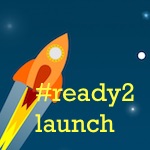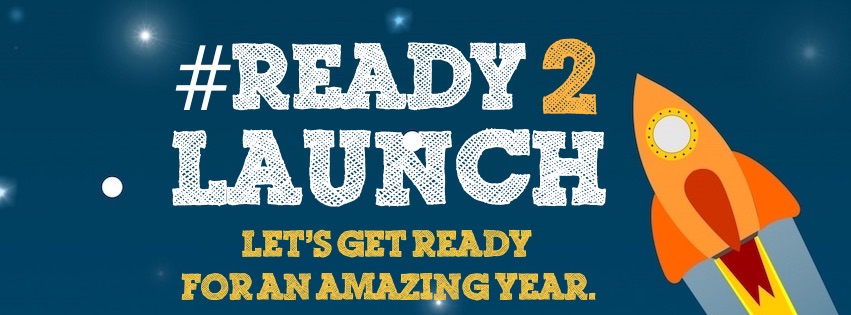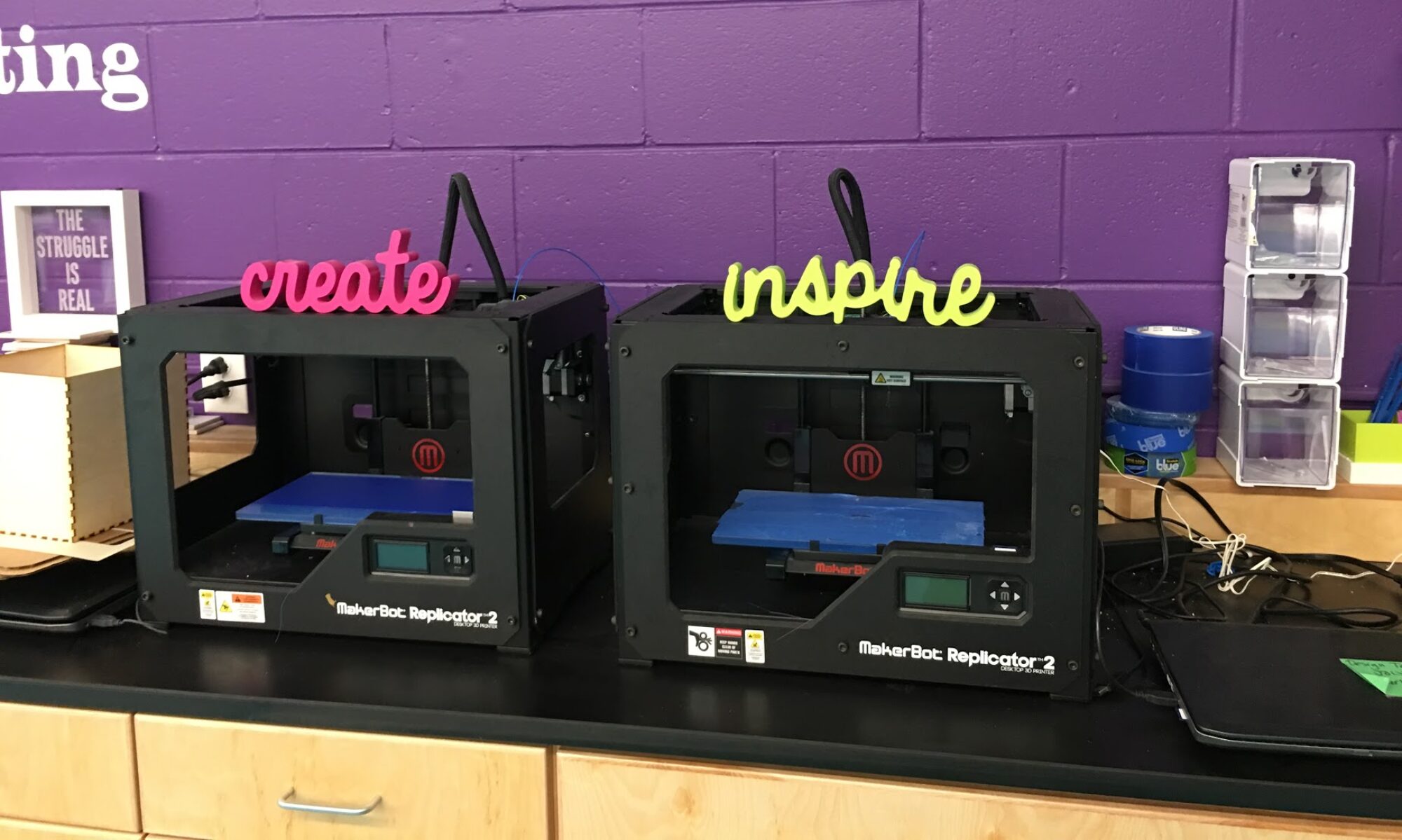Starting up with our students
 Another exciting year is upon us. It may be difficult to wrest our attention from these glorious days of Vermont summer but never have the opportunities for good teaching been more open to us. As one teacher noted upon leaving this summer’s Middle Grades Institute, “I can bring about positive change in my classroom and school. I just have to follow my heart and do what I know is best for kids: personalized, flexible and proficiency based learning!”
Another exciting year is upon us. It may be difficult to wrest our attention from these glorious days of Vermont summer but never have the opportunities for good teaching been more open to us. As one teacher noted upon leaving this summer’s Middle Grades Institute, “I can bring about positive change in my classroom and school. I just have to follow my heart and do what I know is best for kids: personalized, flexible and proficiency based learning!”
In the next several weeks, we’ll dive into making the most of the first weeks of school so you can follow your heart and do what’s best for kids.

Perhaps we should pause our planning for a moment and listen to our students and understand who they are. Watch a couple minutes of this video.
Simple steps toward big (and brave) change
Teachers across the state are embarking on ambitious plans for offering their students personalized and flexible pathways to learning. Some are implementing their own versions of makerspaces or genius hours, carving out time in the day for passions projects and community-based learning. Others are scaffolding the skills of self-directed learning through student-driven project-based or design learning. Many are working to make students’ personal learning plans more engaging and meaningful to their students. And some schools and districts are using this year to transition to proficiency-based teaching and reporting.
These are daunting agendas indeed. And teachers who have been around middle schools for a while appreciate how success, especially successful change, can hinge on the first weeks of school. How easily teachers’ energy can be drained by behavior problems, and how easily students — just like the adults around them — can become disillusioned by change.
Listening to students to start up the year
What they worry about in their personal lives.
Hearing about their perfect day, what makes them happy, and what worries them.
The 11-year-old students captured in The Before Project video are from one community in the Seattle area but we can hear themes common to middle schoolers in communities across Vermont.
Imagine how much they would appreciate a school that acknowledges who they are. How disappointed they would be to see personalization reflect adults’ priorities rather than their own. How stressful school change may be for them, especially if they see no purpose to it, or have no voice in it.
Understanding our students is a prerequisite to personalization. It’s critical to how we design our classrooms, how we develop our team cultures, and how we design engaging learning. It’s also fundamental to creating effective change. Teachers learned this lesson at this summer’s Middle Grades Institute when they consulted with students about what worked with personal learning plans. Here’s how several teachers reflected on what they heard from students.
“The student voice aspect of the PLPs. They were very clear that they did not feel that last year’s PLPs were anything more than a teacher assigned task that did not really reflect their real goals and aspirations.”
“Student feedback the PLP impacted and reaffirmed the changes we needed to make. It would be great if we were charged with developing student panels or feedback teams with students in our own school. I’m now cringing when I hear educators develop PLPs without consultation by students.”
“The PLP share-out session was hugely helpful in our planning for how we will use PLPs at Shelburne. In fact, their feedback made clear how important it will be for us to AVOID planning/structuring our PLPs until we receive more feedback from our students and have their voices drive what PLPs look like and how they are used.”
Practical steps to launching with our students
A solid start to the school year goes hand-in-hand with listening to students. For example, it’s incredible how much you can learn from helping students explore their identities. Or how you can establish a culture of student voice by collaboratively generating norms for your team.
So in the posts over the coming weeks, we’ll suggest ways to launch the year with bold hopes and practical realities in mind. We’ll describe how teachers leverage their teaching team for steady, manageable change. Or how you can use identity activities to launch (or re-launch) your PLP process. Or how negotiating team rules and norms with students can build a classroom culture for project-based learning.
It may just be a matter of sitting down and talking to students. Elena Aguilar suggests some great questions in her Edutopia post, When We Listen to Students:
- What would be the most useful thing for me to know about you as a student?
- What do you wish was different about school?
- Describe a moment in school last year when you felt really engaged. Why do you think that moment was such a positive one for you?
- What do you think teachers think about you, and what do you wish they’d think about you?
- Tell me about a teacher who you feel knew you well. What kind of student were you in his or her class? What did he or she do to get to know you?
- If you could build a school, what would it look like?
- What do you wish I would ask you so that I can be a good teacher for you?
- What makes a weekend day great for you
Another teacher wrote upon leaving this summer’s Middle Grades Institute, “Vermont is continuing to emerge as a pioneer of intuitive and student-centered education.”
So what’s your next step in Vermont’s journey? In your own journey? And what do you need to start up your year so your journey’s a fulfilling one? How can we help? We hope you find this series helpful. And please leave us a comment.

